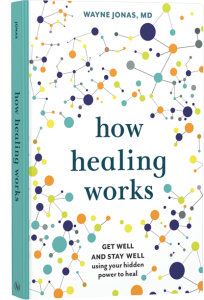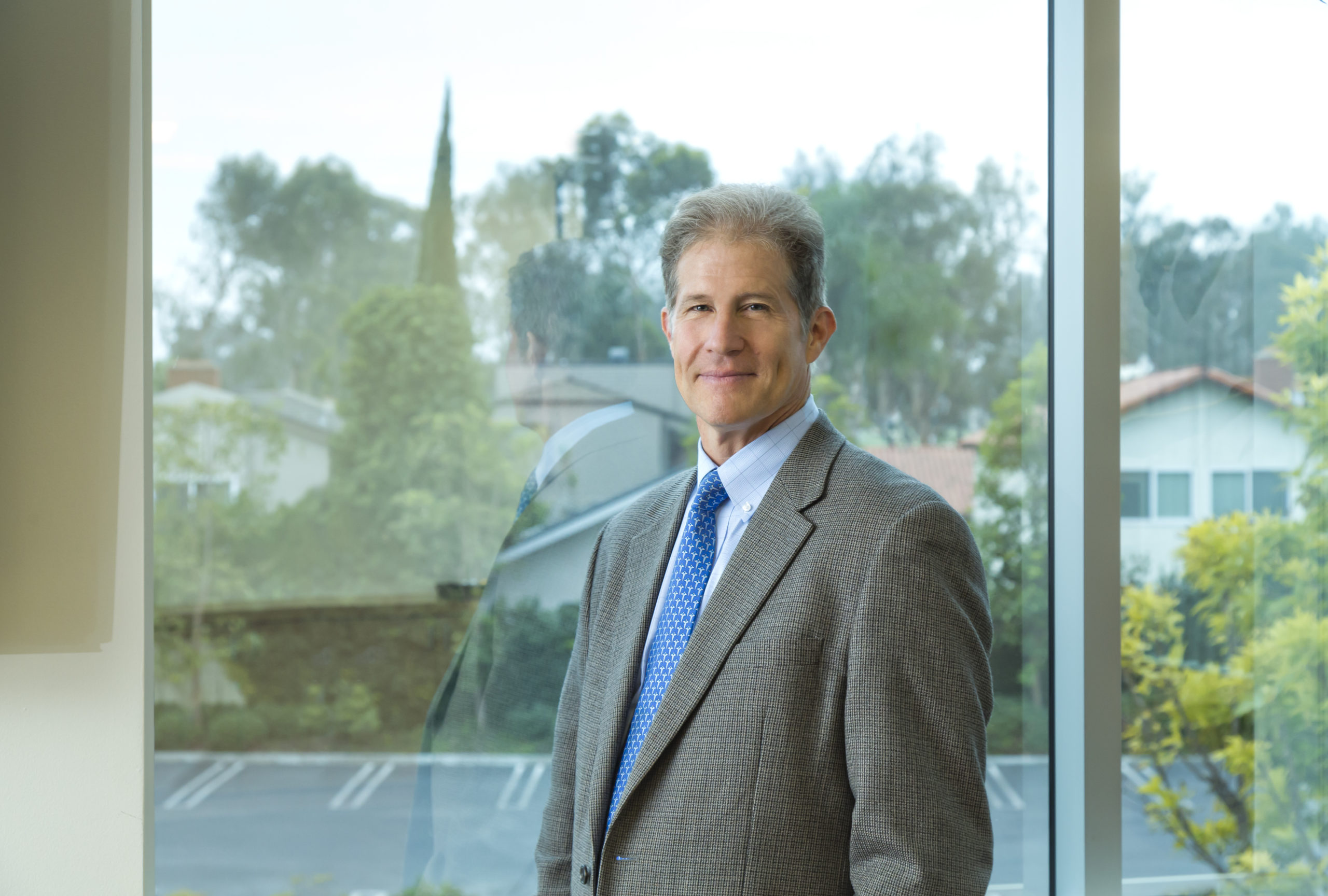“I am back,” said Rhonda, with an energy and enthusiasm that couldn’t be faked.
And she was back. Back at her volunteer job in the hospital giving out books, games, and toys from the “Cart of Hope and Happiness” that she pushed around, greeting patients, staff, and families. She loved her job, and people loved her doing it. But for the last year, her smiling face, listening ear, and “packets of fun” had been missing. You see, Rhonda, 82, suffered from severe arthritis in her knees and shoulders. The pain and stiffness had prevented her from walking around the hospital asking people if they wanted a book or a game or simply to talk about their troubles. We all missed her.
But now she was better. It had taken a few months, but after she entered a clinical study I was running exploring whether large doses of vitamin B3 could help arthritis, her joints were less painful and more flexible, and her moods were much better. I was sure I had discovered the cure for arthritis. What else could explain her remarkable improvement? When I eagerly broke the code on the double-blind study, I was stunned. Rhonda was on the placebo, an inert sugar pill with no benefit for arthritis. That was not possible, I thought. I checked and double-checked the codes. I had her bring in her pills for chemical analysis. All confirmed that she was on placebo. The treatment that Rhonda received was not “real,” yet she improved anyway.
She was healing from the ritual or treatment, not its content.
The ritual of treatment often produces most of a healing effect. Extensive research shows that ritual accompanies all treatments and can produce the majority—sometimes up to 100%—of the healing response. This is true whether the treatment is “real,” FDA approved, or not. We know the main factors that produce these effects. They involve the belief and expectation of both patient and doctor; the unconscious beliefs that the culture holds about a treatment; the degree of vulnerability of the patient and authority of the doctor at the time of treatment; the amount of compassion and certainty expressed at the time of treatment; the words used during the treatment; the physical acts involved in the ritual; and the psychological and physical experiences induced both by the ritual and the treatment.
We also know a lot about the biology of the ritual of healing. Neuroscience studies have identified the brain processes that activate during healing and the brain-body and body-mind mechanisms that change during medical rituals. When left unmanaged, these processes can also produce harm (the nocebo effect) and influence every process of the body and every known illness and disease. The ritual of treatment is embedded in all medical systems and in all cultures, from ancient shamanistic practices to complementary medicine treatments to the most modern technologically sophisticated innovations. It is no exaggeration to say that, overall, the process of care is far more important that the content of treatment. Ritual is the heart of healing.
As I explained in the placebo in practice guide, the implications of the power of placebo and ritual in healing are profound for how we train clinicians, how we deliver treatments, and what we pay for in health care. No physician, no matter what specialty they are, should be allowed to practice without learning and showing competency in optimizing the ritual of healing as they interact with patients. Without such knowledge and skills, they likely do harm to patients through their words and actions. Increasingly, medical and nursing schools are teaching and testing for these competencies. The clinical encounter between physicians and patients need to use the proper tools for optimizing healing. We have developed and implemented the HOPE Note Toolkit specially for this purpose. The environment and culture of care delivery should be optimized healing environments, within which the ritual of healing is reinforced and that enhance recovery when entered. Learn more on how to do this as part of the Center for Innovation in Family Medicine’s CME course here.
Access to proper rituals of healing is needed for everyone. Medical care delivery requires we place relationships (the medium of the ritual) at the center of care and making patients’ whole health and recovery the goal of care. The Two Circle Model for Whole Person Care is one such redesign example. Finally, access and payment for healing rituals need to be provided. This will cost less, not more, than what we pay for medical care now. Currently, the majority of money goes to the content of care: the pills, procedures, needles, and knives of medicine. We cannot get to value or fairness in health care paying only for the content and not the ritual. Value equals health, plus quality, plus access over cost. The ritual of healing will provide us with the most value for our money if that money supports the time and processes needed to prevent and heal when possible and support wellbeing always.
I was so stunned by Rhonda’s recovery while taking a placebo pill that I asked her and her daughter to come in so I could explore that recovery more deeply. What they described taught me about both the ritual and complexity of healing. Rhonda was enthused to find a doctor who felt he had a cure for arthritis and that he would set up a rigorous test of it in a randomized controlled study. At the intake for the study, they felt my enthusiasm and confidence in the treatment. Rhonda’s daughter noticed that her mother turned more hopeful soon after starting the pills and would get up happier and more ready to face the day. This led to more activity, walking, going to physical therapy, going out in nature. Her depression (which Rhonda denied and the screening tests did not pick up) lifted and the pain bothered her less. This led to her being even more active. We know from extensive research that a positive mood and physical activity all help pain and function in arthritis. Soon Rhonda returned to her volunteer job at the hospital, reducing her loneliness and filling her life with purpose. This increased her activity further, reinforcing a positive cycle of recovery and healing.
Today, I am no longer surprised when I see patients improve on placebo in clinical studies, and I look to optimize the ritual of healing for every patient in my practice. At the Healing Works Foundation, we will bring you innovation, insight, and tools for enhancing the ritual of healing no matter what your place in health care—patient, clinician, administrator, policymaker, or payer.
Rhonda passed away several years later, but her lessons live on. Thanks Rhonda, for teaching us about healing. We hope this will help you use those rituals for your own healing and wellbeing.

Take Your Health Into Your Own Hands
Drawing on 40 years of research and patient care, Dr. Wayne Jonas explains how 80 percent of healing occurs organically and how to activate the healing process.

